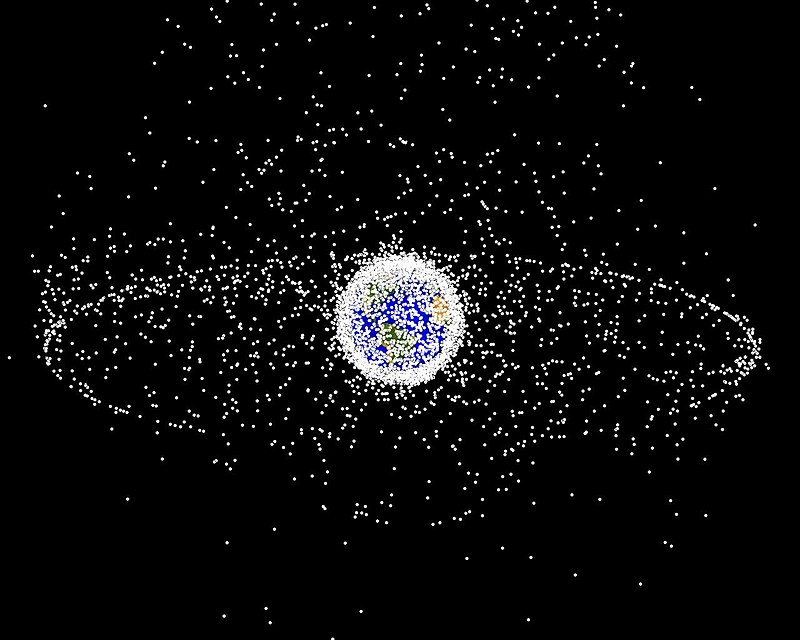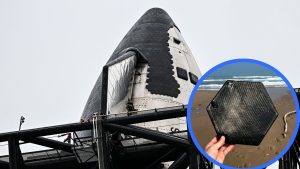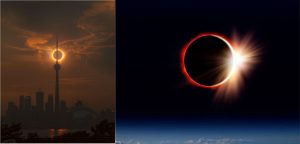New Discovery: Space Debris is Polluting the Atmosphere
18th Oct 2023
According to a recent study, even the space debris intended for disposal is having an impact on Earth’s pollution. The remnants of rockets, space stations, and defunct satellites disintegrate during atmospheric reentry. Recent findings published in Proceedings of the National Academy of Sciences, this debris could be leaving metal vapour in the stratosphere.
Projected Increase in Space Debris
Currently, the consequences of these traces remain unknown. However, considering the escalating frequency of space launches, the quantity of metal vapour in the stratosphere is expected to rise.
Physicist Daniel Murphy, leading a team of researchers from the National Oceanic and Atmospheric Administration (NOAA), believes these findings to be a crucial discovery. Such findings emphasize the necessity for studying the impact of metal vapour in the atmosphere and projecting its future changes.
Below is an extract from the journal article:
At present, the refractory material in stratospheric particles is mostly iron, silicon, and magnesium from the natural meteoric source.
However, the amount of space debris from the reentry of upper-stage rockets and satellites is projected to increase dramatically in the next 10 to 30 years. As a result, the amount of aluminum in stratospheric sulfuric acid particles is expected to become comparable to or even exceed the amount of meteoric iron, with unknown consequences for inclusions and ice nucleation.
While Earth’s orbit has traces of space debris from the early stages of human space exploration, contemporary launches are increasingly being planned with limited life spans. New spacecraft are now designed to safely re-enter and disintegrate in the upper atmosphere, using materials that burn up to prevent them from plummeting to the Earth’s surface.
Potential Implications of These Findings
The fate of the vaporized byproducts generated during reentry remains ambiguous. Murphy and his team aimed to investigate whether the vapour remnants from these deorbits persisted in the stratosphere. They collected samples of the stratospheric aerosols and examined them with the Particle Analysis by Laser Mass Spectrometer (PALMS) instrument installed on NASA’s WB-57 high-altitude aircraft.
Aerosols present in the stratosphere are predominantly composed of sulfuric acid droplets, formed through the oxidation of carbonyl sulfide gas, which exists naturally and as a result of atmospheric pollution. These droplets may include metal and silicon traces acquired from meteors entering the atmosphere, where their surfaces vaporize during descent.
The research team scrutinized approximately 500,000 individual aerosol droplets with the aim of identifying traces of metals commonly used in the construction of spacecraft. They succeeded in detecting around 20 different metals.
While some of these metals exhibited ratios consistent with those seen in vaporized meteors, others, including lithium, aluminum, copper, and lead, exceeded the anticipated amounts attributable to meteor ablation. The team’s investigation revealed that this excess was in line with the ratios expected from spacecraft manufacturing.
Additionally, the team encountered metals such as niobium and hafnium, which are prevalent in spacecraft but are rarely found in meteors. In sum, the team determined that approximately 10% of stratospheric aerosols of a specific size contained particles from vaporized spacecraft.
The implications of these findings could have a significant impact on Earth and its atmosphere. The presence of these particles might influence the process of water freezing into ice in the stratosphere and could potentially modify the size of stratospheric aerosol particles. Additionally, they could prompt salt deposition on aerosol particles and potentially bring about changes in the stratospheric refraction of light.
Future Considerations and Conclusion
The researchers believe that such findings should now result in an increase in investigation with an aim to find more detail about the unintended consequences.
The space industry has entered an era of rapid growth. With tens of thousands of small satellites planned for low earth orbit, that increased mass will be divided into many more reentry events.
Given that 10% of stratospheric particles now contain enhanced aluminum, with many more reentry events, it is likely that in the next few decades, the percentage of stratospheric sulfuric acid particles that contain aluminum and other metals from satellite reentry will be comparable to the roughly 50% that now contain meteoric metals.
PNAS
Space sustainability specialists such as Astroscale are likely to play a huge role in future developments. They recently released a report highlighting how their ELSA-M project is providing significant contributions to the UK space industry, and they can play an integral tool in space sustainability and prevent any future fines for space companies. Their role will only increase, as seen earlier this month, when the first-ever space debris fine was levied.







Thank you for your comment! It will be visible on the site after moderation.